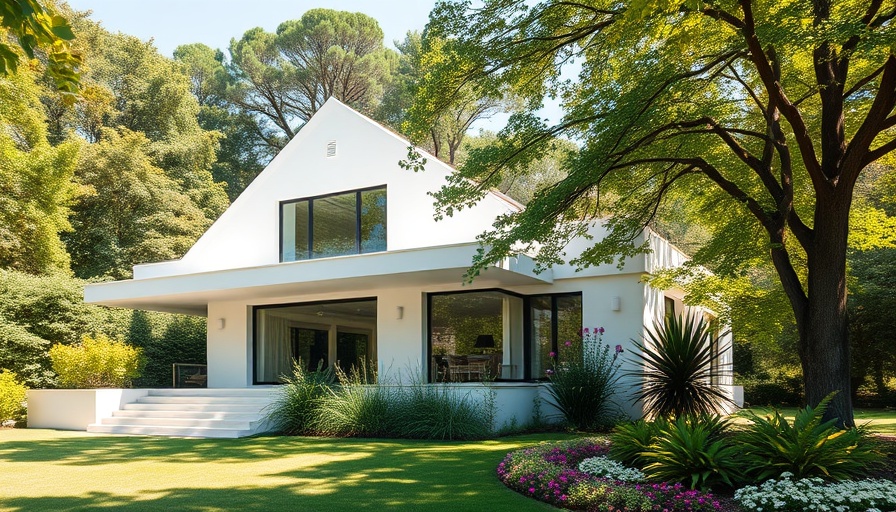
Building Harmony with Nature: The Cashew Garden House
Nestled in the scenic landscape of Nam Cát Tiên National Park, the Cashew Garden House, designed by G+ Architects, represents a modern approach to eco-friendly architectural design. This unique private retreat spans a generous 1000 square meters and integrates seamlessly with its surroundings by preserving 26 mature cashew trees—an endeavor that not only respects the local environment but also enhances the character of the property. Completed in 2024, this project redefines the boundaries of sustainable architecture through careful planning and modern construction techniques.
Innovative Design Meets Everyday Living
Incorporating locally-sourced materials such as granite and marble, the Cashew Garden House stands as a testament to thoughtful design. The use of natural stone not only enhances the aesthetic appeal but also ensures durability. The partnership between architects and local craftsmen allows for meticulous attention to detail in every aspect, from tile selections to interior finishes. Homeowners and renters alike will appreciate how this project showcases the potential for harmonious living spaces that celebrate the beauty of the natural landscape.
The Importance of Eco-Conscious Architecture
With the growing emphasis on sustainability in architecture, the Cashew Garden House serves as an inspiring model. By minimizing the disturbance to existing ecosystems and utilizing renewable resources, architects here highlight the importance of creating structures that benefit both humans and the environment. Future architects and homeowners can draw valuable lessons from this project on the significance of ecological responsibility in modern design.
Exploring Opportunities in the Local Market
For aspiring architects and contractors in Vietnam and beyond, the Cashew Garden House emphasizes the increasing demand for eco-friendly designs. By focusing on local materials and sustainable practices, architects and builders can carve out a niche that aligns with current consumer preferences for environmentally conscious living. This growing trend opens up pathways for distributors and fabricators to showcase innovative materials like locally-sourced tiles and stone that resonate with modern design principles.
Conclusion
The Cashew Garden House not only exemplifies modern architectural prowess but also serves as an educational tool for understanding the potential of integrating eco-friendly practices into residential design. As we move towards a more sustainable future, projects like these point to the incredible possibilities that arise when we prioritize harmony with nature in our living spaces.
 Add Row
Add Row  Add
Add 

 Add Row
Add Row  Add Element
Add Element 






Write A Comment